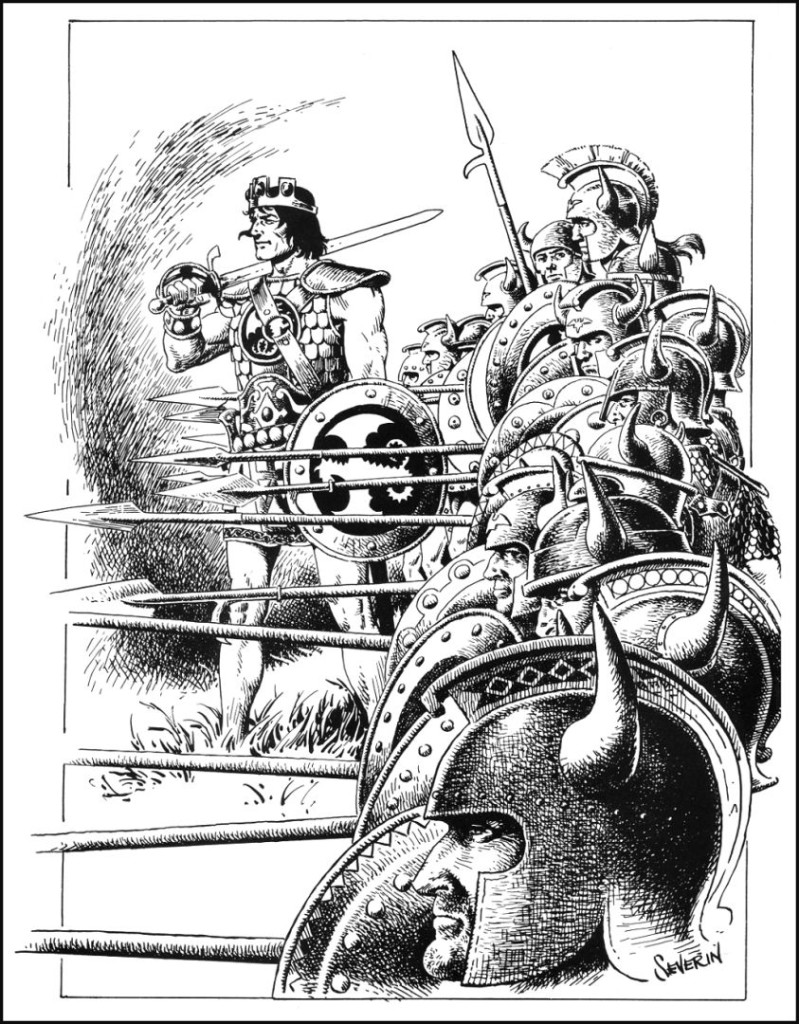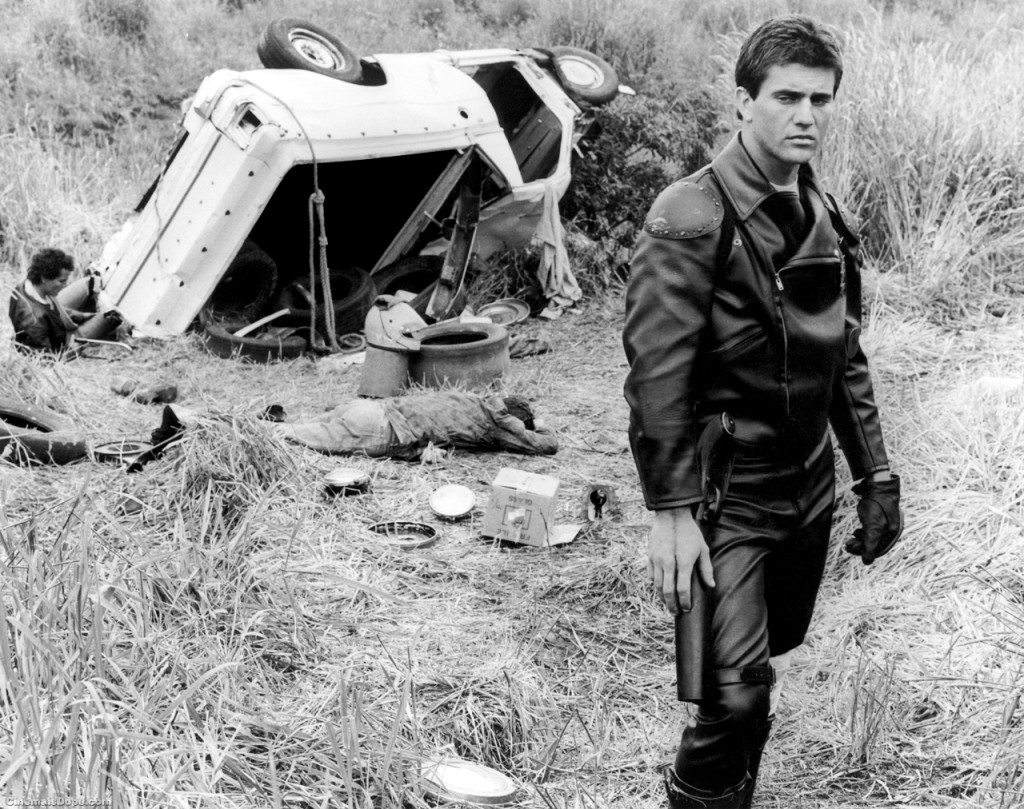 “When married life started to bore her – Virginia turned to a teenager for kicks.”
“When married life started to bore her – Virginia turned to a teenager for kicks.”
Today’s Pulp Friday is a wonderful example of early sixties pulp sleaze, The Country Club Set by Elaine Dorian.
The story is about a devious middled aged woman who engages in an affair with a young male tennis player she picks up at the local country club. It was published by Beacon Books in 1963, the same year as the Charles Webb’s blockbuster, The Graduate, appeared, and was perhaps an attempt to cash in on its success.
‘Elaine Doran’ appears to have been a pen name for a writer called Isabel Moore, who wrote for a couple of decades, including penning a number of sleaze pulps for Beacon in the early sixties, titles like The Sex Cure, Second Time Wife and Double Trouble.
She appears to have made no secret of her writing activities and a November 2, 1962 article in the Schenectady Gazette, the local paper of Schenectady County in the US state of New York, reported, “obscene words and threats” where painted on her house after The Sex Cure appeared in print. The book was a take on the behind the scenes sexual activities of the upper strata of her local area, Cooperstown.”… Read more























